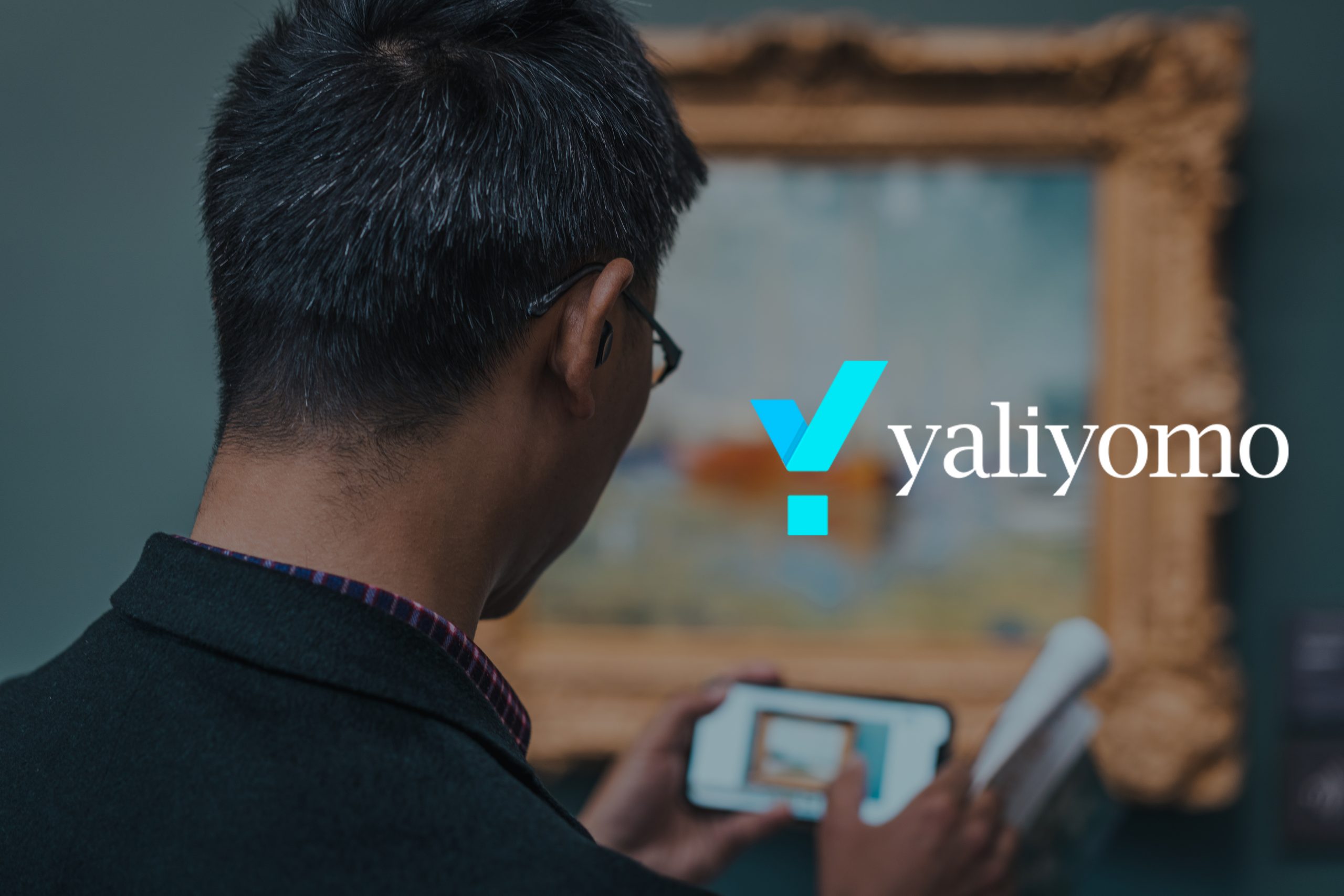
To NFT or not to NFT— how blockchain is reshaping the art world
If you are interested in art, you probably won’t have missed the intense hype surrounding NFTs, ‘crypto art and all things blockchain — and how the march of digitalised content is disrupting even the most traditional halls of the art world.
But beyond digital artists selling their creations for amazingly high prices, many ‘traditional’ artists, gallery owners and auction houses are still wondering; what’s an NFT, how does it work, and how do I benefit?
Let’s explore that — and talk about how NFTs are beneficial for physical and digital artworks and how they can help bridge the gap between them.
Understanding NFTs
What is an NFT?
First things first. NFT stands for “non-fungible token”. Non-fungible (more or less) means that the token (or code) is unique and irreplaceable.
In comparison, money is fungible — you can swap a $10 bill with someone for another $10 bill, and you’d have the same thing. However, you can’t change a one-of-a-kind trading card with someone for another because, by definition, it’s one-of-a-kind. It’s non-fungible.
The same thing is true for NFTs. Each one is unique and can’t be replaced in the way you could with a banknote.
How do NFTs work?
At a very high level, most NFTs are part of a blockchain — a database that uses a unique recording method to store information in a highly secure manner. Forbes has a great explainer on blockchains if you’re interested in a deep dive.
Cryptocurrencies like bitcoin and dogecoin use blockchains to store recordings of the coins themselves and transactions. NFTs similarly use blockchains — storing information about each specific NFT, along with other details like who owns it, when, where and how it was sold and lots more.
That’s great — but what does that have to do with my artwork?
NFTs are beneficial for artists and other art professionals because they can be attached to artworks. Whether you’ve created digital drawings or music or a physical painting or sculpture, an NFT can create an immutable, secure record of that work within the blockchain.
>b>What’s happening in the real world?
NFTs can hold a near-limitless amount of information about artworks within the blockchain database. This could include details about the artist, the piece’s parameters, information on when and where it was sold, and to whom.
By creating a secure, unique digital sibling for artworks, two things are happening. Firstly, digital art is becoming a hotly collected good for the first time. Adweek even describes the move as the digital evolution of fine art collecting — as provable authenticity brings true “ownership” to digital pieces for the first time. How lucrative are NFT-backed digital artworks? Canadian singer-songwriter Grimes recently sold a 50-second video for $390,000, and digital artist Beeple auctioned an NFT-backed piece with Christie’s. It sold for $69 million. So — pretty lucrative!
But not to be outdone, physical artists, collectors and sellers of traditional artworks can also use NFTs to validate authenticity, prove ownership and combat increasingly sophisticated art forgers.
Ok, but what does this have to do with *me*?
If you’re an artist, you might be interested in NFTs because they give creators a way to sell their work that there otherwise might not be much of a market for — leveraging the niche online communities that are being created to trade NFTs.
Also, NFTs have a feature that you can enable that will pay you a percentage every time the NFT is sold or changes hands, meaning you can continue to make money from your work and if it gets really popular. As it rises in value, you’ll see some of that benefit directly. This is an excellent benefit for “traditional” art creators that want to digitise their work and sell copies and prints on the internet.
On the other hand, if you’re a buyer — say a gallery owner — one of the obvious benefits of NFTs is that it lets collectors and others buying from you validate the authenticity of the work they are purchasing. What is true for digital is also true for physical — by attaching an NFT to a physical item and creating a digital “twin”, buyers and sellers of physical art can “get in on the action”, as it were.
Beyond that, NFTs let you financially support artists you like (now and in the future), and buying an NFT can also come with basic usage rights.
For collectors, buying an NFT-supported artwork gives you that certainty (and bragging rights) that this is an original, authentic work by an artist you like. Like any other speculative asset, where you buy it and hope that its value goes up one day, the demand for NFTs means that you’ll continue to have this security of ownership as long as the artwork is with you.
Does this work for physical art?
Creating a digital twin of artwork gives artists and collectors the same benefits enjoyed by digital artists. One of the first big pushes for digital authenticity of physical products is (perhaps unsurprisingly) the sneaker market, where Nike has launched an NFT-backed way for people to authenticate collectable trainers.
In the fine art world, Christie’s and other reputable auction houses are trading NFT-backed art — and it looks like, with NFTs replacing existing authentication methods in ever more significant numbers, more will follow.
I’m intrigued — where can I find out more?
There are many blockchains and NFT providers on the market — some specialists, others pretty obscure.
Yaliyomo is a blockchain network that supports blockchain-supported NFTs for artists, buyers, and collectors. With a ready-to-go system, it delivers a simple, secure way to get started with NFTs.
If you want to know more, you can find out more about Yaliyomo and arrange a follow-up to discuss your needs and how we can support you.